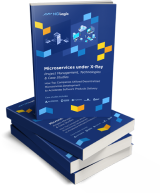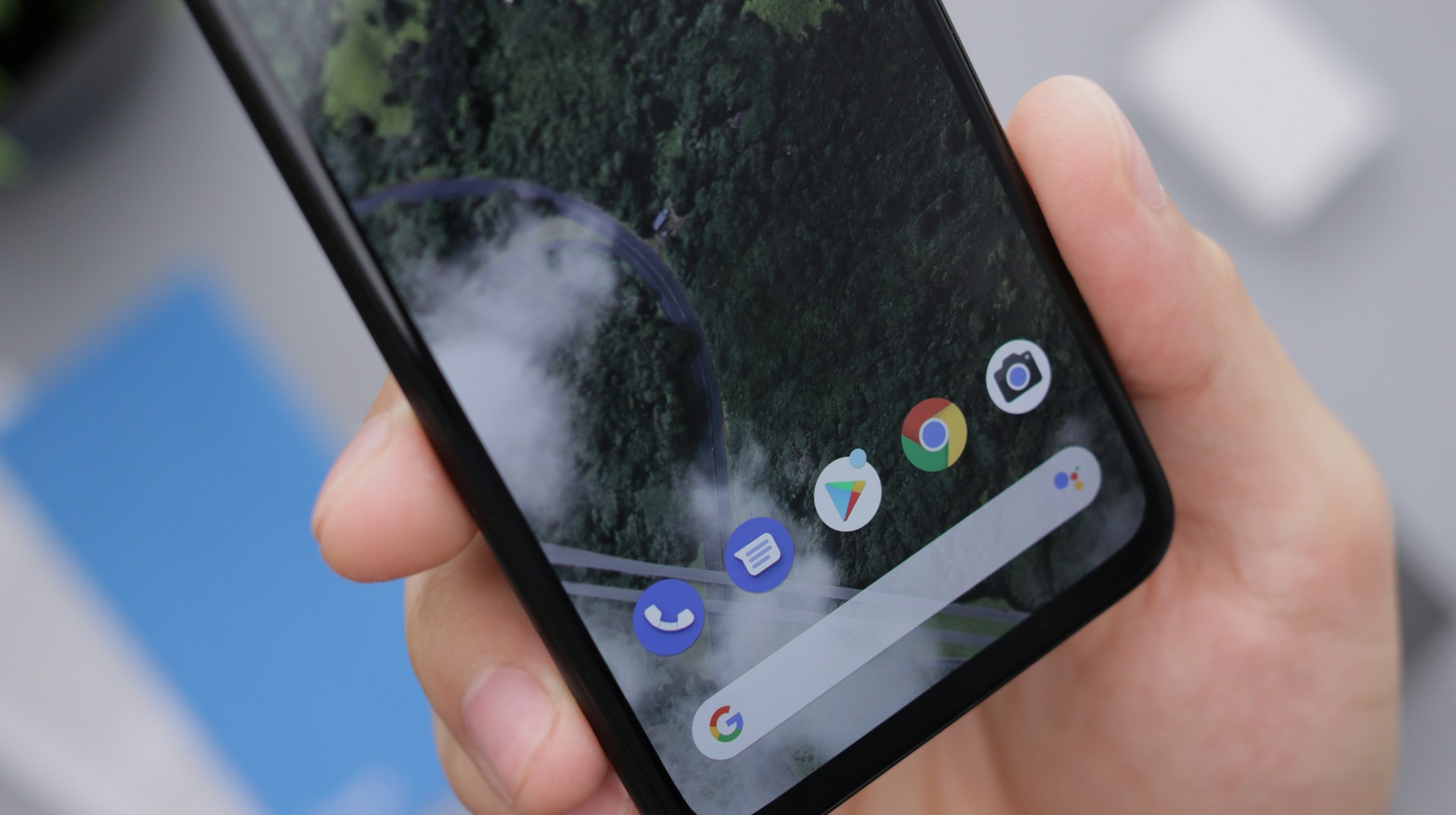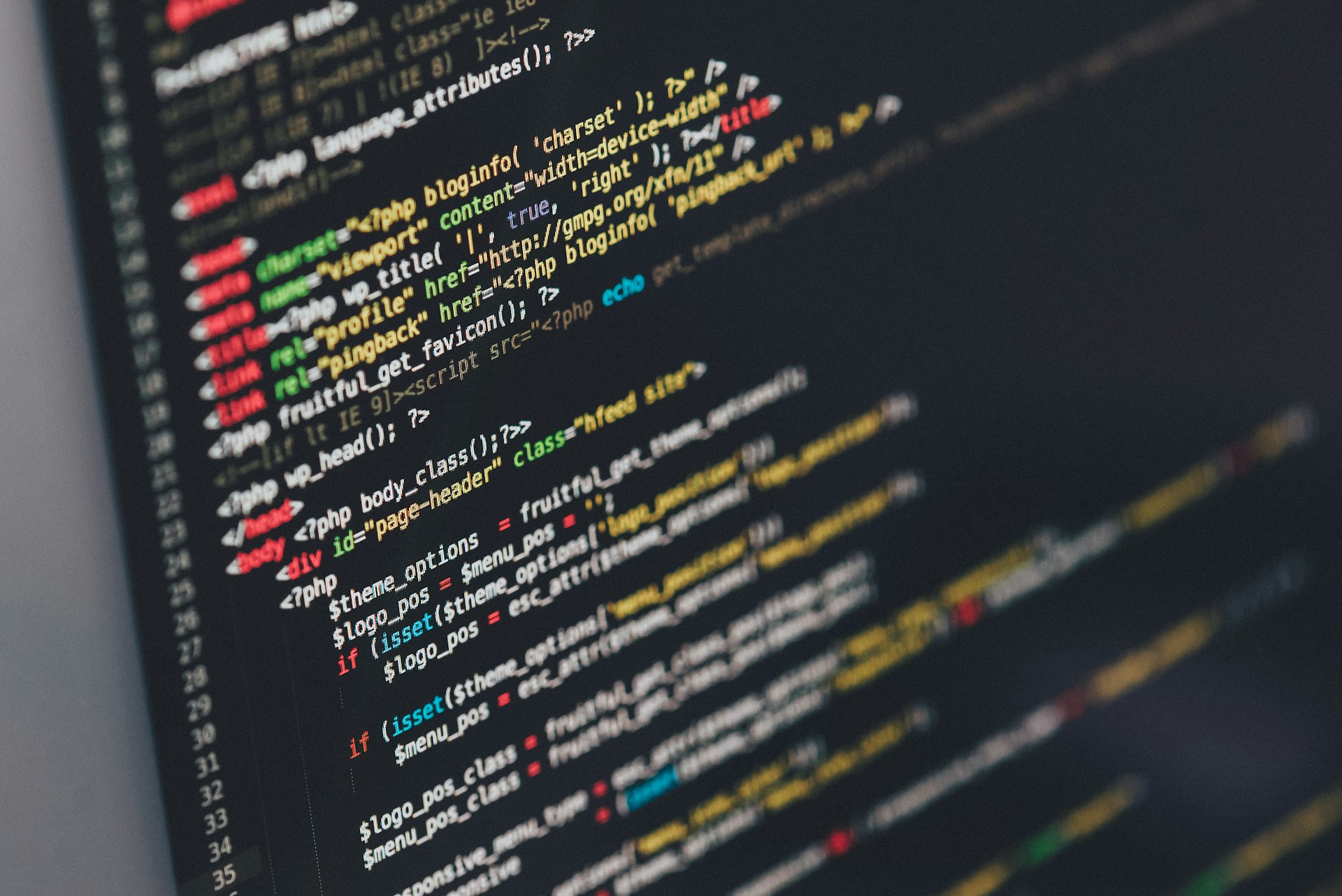In the realm of product development and innovation, two terms are often bandied about with great fervor – ‘Prototype’ and ‘Proof of Concept’ (POC). These methodologies play pivotal roles in transforming an abstract idea into a tangible product, serving as critical stages in the pathway to commercialization. However, these terms are frequently misunderstood, often interchanged and even conflated, despite their distinct roles and purposes. Understanding the differences between a prototype and a full POC project, and how each contributes to the product development process, can significantly enhance the success rate of any product development venture.
What is Proof of Concept?
In the process of product development, an early-stage validation of any new idea or concept is often referred to as the ‘Proof of Concept’ or ‘POC’. This term has become a staple in the lexicon of project management, product development, and startup ecosystems. Let’s break it down and understand what it truly entails.
The Proof of Concept (POC) is essentially a demonstration, underpinning the feasibility of a concept, idea, or principle whose purpose is to verify that the idea has the potential to be developed into a working product or system. This is an important milestone in the product development lifecycle that tests the practical potential of the concept.
Main Reasons to Use Proof of Concept
Navigating the complex, high-stakes world of product development requires a strategic approach, and one key strategy that has become indispensable is the utilization of Proof of Concept (POC). Why has this become such a vital part of the development process? Let’s explore the primary reasons for embracing the Proof of Concept in your development cycle.
Technical Feasibility Assessment
One of the main reasons for executing a POC is to assess the technical feasibility of your product idea. It provides a platform to test whether your concept is a minimum viable product from a technological standpoint. This is particularly crucial in industries such as software development, IT, or any field where technology plays a significant role. By running a POC, you can verify whether your concept can be realized with the technology you’re planning to use and whether that technology can deliver the expected results.
Cost and Resource Management
Developing a new product often requires significant investment in terms of time, effort, and financial resources. By conducting a POC, you can save a substantial amount of these resources by minimizing development costs. It allows you to identify potential technical and practical issues before you invest heavily in product development. By identifying problems at an early stage, the POC can help you prevent expensive mistakes further down the line.
Validation of Business Concept
A POC isn’t just about technical feasibility; it’s also about business feasibility. It’s an opportunity to validate your business concept by testing it in real-world conditions. This is a vital step in understanding whether your product meets market needs, how it might be received by potential customers, and whether it provides a solution to a problem your target audience faces. It helps you ensure your product has a unique selling proposition that makes it competitive in the market.
Risk Mitigation
The POC is an effective tool for risk mitigation. It exposes technical glitches, logistical challenges, and even possible user experience issues early on in the development process. This early exposure to potential pitfalls gives you the opportunity to address problems before they become insurmountable, and even make the call to pivot or abandon a project that’s unlikely to succeed. This preemptive approach significantly reduces the risk of project failure.
Attracting Investment
In the competitive world of startups and new product development, a well-executed POC can be an invaluable tool for attracting investors. By providing tangible proof that your idea is technically and commercially viable, a POC can help secure the necessary funding to move your project forward. Investors are more likely to invest in a product that has been de-risked through a successful POC.
Improving Team Understanding and Efficiency
A POC also helps your team gain a better understanding of the core features of the product concept and its expected functioning. By working through the complexities of the concept during the POC stage, teams can become more familiar with the requirements of the product, improving efficiency as the product moves into the development stage.
Customer Engagement and Market Validation
Although a POC is often an internal process, it can also provide an early opportunity for user engagement and market validation. It allows you to gather feedback from potential users, helping you understand if the product resonates with them if they find it easy to use, and if it indeed solves the problem it’s designed to solve. This can inform the design and functionality of the final product and can even help identify potential market segments.
What is Prototype?
As we traverse the process of product development, the term ‘prototype’ is one of key business concepts that frequently surfaces. Whether it’s in the realm of software development, electronics, manufacturing, or any sector that involves creating something new, prototypes play a key role in the transition from concept to concrete product. But what exactly is a prototype, and why is it so pivotal in product development? Let’s dive in and unravel the essence of this critical process.
At its most fundamental, a prototype is a preliminary model of a product, created to test a concept or process or to act as a thing to be replicated or learned from. It is essentially a working, although usually not finalized, version of a product. The term comes from the Greek ‘prototypon’, meaning ‘primitive form’, and it serves as an initial, functional manifestation of an idea.
While a proof of concept (POC) verifies the feasibility of an idea or concept, a prototype takes it a step further by developing and testing a functional model of the product. This allows for a more hands-on and practical assessment of how the product will perform and interact with its environment or users.
A prototype can come in different forms, depending on its purpose and the stage of the product development process. A ‘low fidelity’ prototype, for example, may simply be a sketch or a rough, non-functional model to visualize an idea. This could be a rough sketch of a new product design, or a simple wireframe of a website. This allows developers and stakeholders to discuss and refine ideas before significant resources are invested in further product development.
A ‘high fidelity’ prototype, on the other hand, is much more detailed and is closer to the final product in terms of design, functionality, and interaction. This could be a functioning website with full design and interactivity, a mobile app prototype, or a close-to-final version of a physical product. High-fidelity prototypes are often used in later stages of development for user testing, to gather feedback, and to refine and perfect the product.
Main Reasons to Use Prototypes
Prototyping is an integral phase of the product development process. A well-designed prototype, an early version of a product built for testing, can be an invaluable tool for teams striving to create an optimal product. Let’s delve into the main reasons that underpin the importance of prototyping and why it is considered a cornerstone of product development.
User Experience Evaluation
Prototypes provide an opportunity to assess user experience well before the final product is developed. They allow you to gather user feedback and gain insights into how people interact with your product. By testing a prototype, you can understand whether users find the product easy to use, engaging, and helpful in solving the problem it’s designed to solve. This information is crucial to optimize the product’s design for an enhanced user experience.
Functional Testing
Prototypes are not just about appearance; they are functional models that can be used to test various aspects of a product. For example, in software development, a prototype can be used to test the core functionality part of an application. In the realm of physical products, a prototype can be used to test things like durability, functionality, and safety. This can help ensure that the product works as intended before it reaches the market.
Cost Efficiency
Prototyping can also be a cost-saving measure. By identifying design issues and technical glitches in the prototype phase, companies can avoid expensive modifications once the product has been fully developed or has gone into production. This not only reduces development costs but also saves time that would have been spent rectifying issues later on.
Stakeholder Communication
A prototype can be a powerful communication tool when explaining a product or feature to stakeholders, whether they’re team members, executives, or potential investors. A physical model or interactive representation of a functional product can communicate ideas far more effectively than abstract descriptions or blueprints. A prototype can show how a product will work, what it will look like, and why it’s beneficial to the user.
Attracting Investors
For startups or anyone seeking investment, a well-crafted prototype can prove to attract investors and be an asset. A functional prototype demonstrates that an idea is not only good on paper but can be transformed into a tangible, operational product. This can help persuade investors to fund the project.
Market Validation
Launching a new product into the market is always a risk. Prototypes can help reduce this risk by providing an opportunity for market validation before full-scale production. By presenting your prototype to a sample of your target audience, you can gauge whether your product fulfills a market need and get an initial sense of its acceptance in the market.
Refining and Innovating
Lastly, prototyping is a part of an iterative design process. It’s not about getting it perfect the first time but evolving and improving the design based on the initial feedback and on testing and feedback. Each prototype brings you closer to a more refined, innovative, and successful product.












